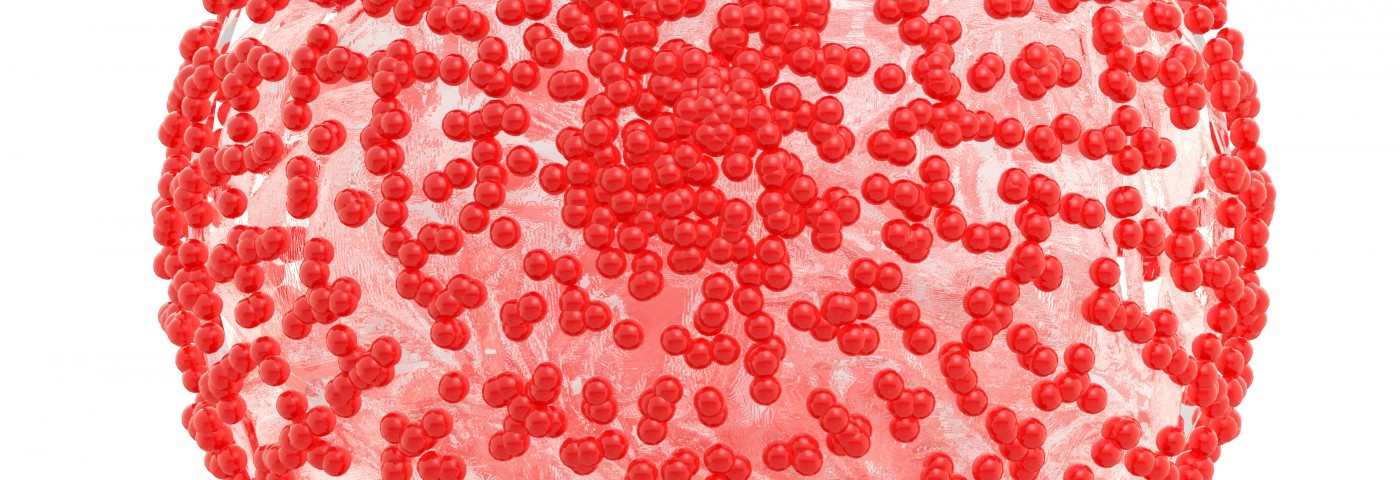In a video posted in Healio, the director of the Lymphoma Immunotherapy Program at the Icahn School of Medicine at Mount Sinai Hospital in New York, Joshua Brody, shares his enthusiastic view of emerging immunotherapies for lymphoma treatment.

While much progress has been made in other cancer fields, Brody emphasized that many lymphomas are still incurable with today’s standard therapies. The new immunotherapies are what he calls “mechanistically distinct,” providing an opportunity to attack cancer cells in very precise ways.
Distinguishing between passive and active immunotherapies, Brody described their differences. Active immunotherapy, he said, has already become standard in many cancer forms. Such treatments are composed of molecules or cells directly attacking the cancer, such as rituximab, or CAR T-cell therapy. Difficult-to-treat diffuse large cell lymphoma, as well as other lymphoma types, are showing tremendous promise in clinical trials, according to Brody.
Passive therapies, conversely, function by boosting the patient’s immune system to fight the cancer. Such therapies, such as anti-PD1, and anti-PDL1 antibodies, represent the biggest advance in this field, he said. These treatments remove the inherent brake of the immune system, allowing other immune cells to target the cancer.
The best results of passive therapies have been observed in Hodgkin’s lymphoma, where currently one-third of all patients fail to respond to both standard and active immunotherapies. Studies have shown that these refractory patients have higher numbers of the PD1 and PDL1 molecules on their cancer cells, allowing the tumor to evade immune system defenses. In patients who have not reacted to any other treatment, trials in passive therapies have shown response rates of more than 80 percent. According to Brody, such therapies will become standard very soon.
Patients with more common lymphoma types, such as non-Hodgkin’s lymphoma, also respond well to these active treatments.
Questions still to be answered mainly deal with how to combine these therapies with each other, or with standard therapies, for amplified effect.
Another future possibility is the use of cancer vaccines. Vaccines, Brody said, have a long and complex history in lymphoma. Currently, so-called in-situ vaccination — a method avoiding vaccine development in the lab, instead teaching patients’ immune cells to recognize the cancer inside the body — has shown drastic results in advanced systemic lymphoma. These experiments are now reaching early patient studies.
Again, Brody emphasized that using vaccines in combination with active therapies might help for patients who do not respond to other treatments. And most importantly, he said, these immunotherapies are associated with very few side effects.
“If these [treatments] are able to cure lymphoma, we would be delighted. If they are effective, but not good enough to cure lymphoma, if they are able to push of a patient’s need for chemotherapy, or radiation therapy, or other standard therapies, that would still be pretty gratifying for some of our patients,” he concluded.


